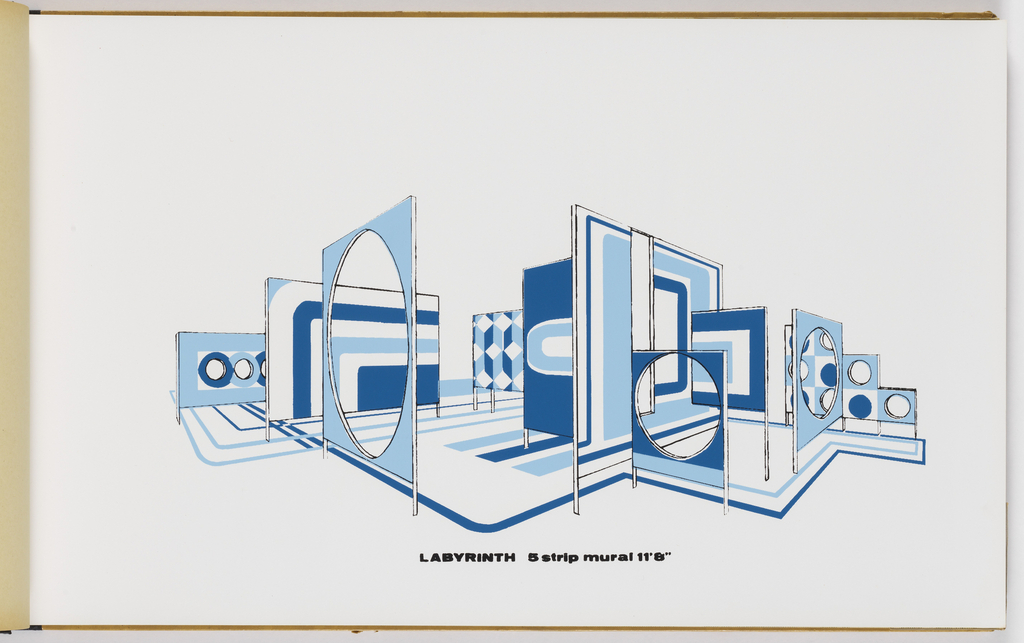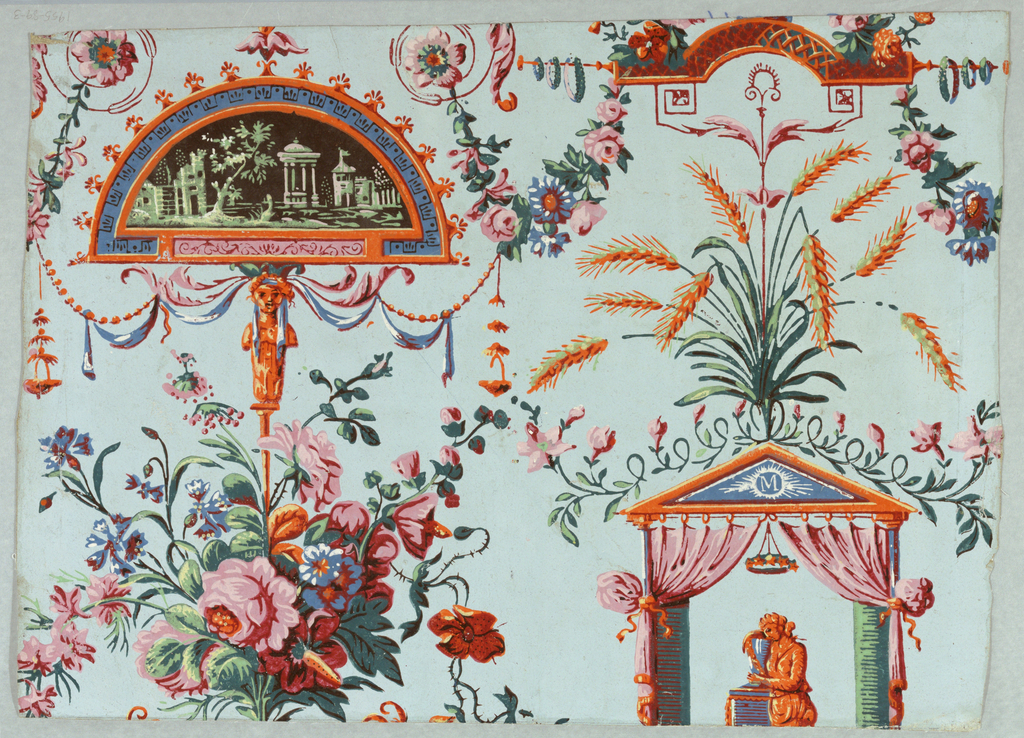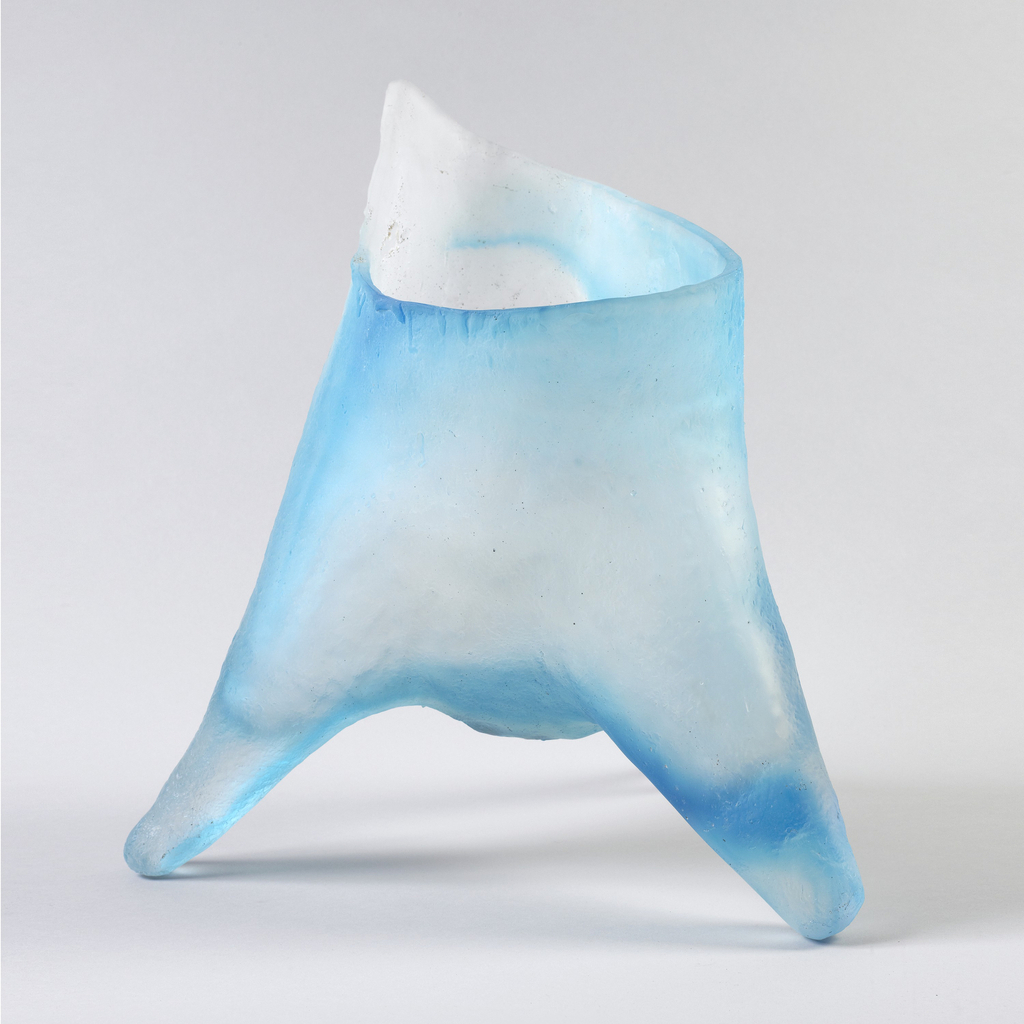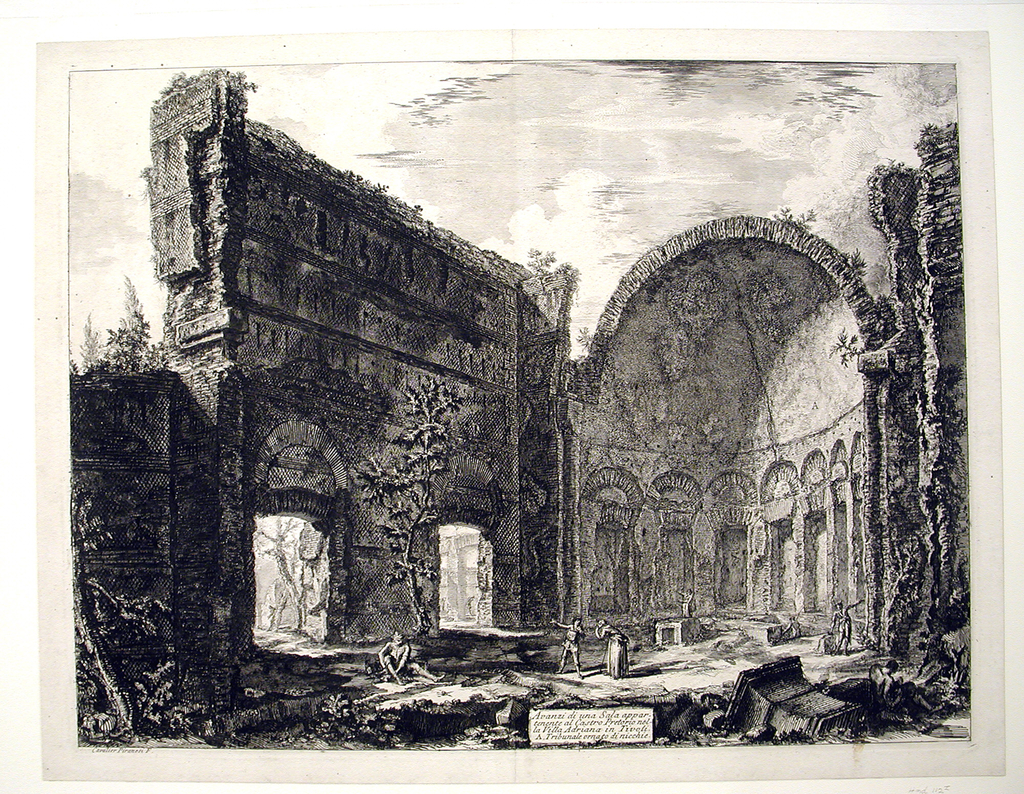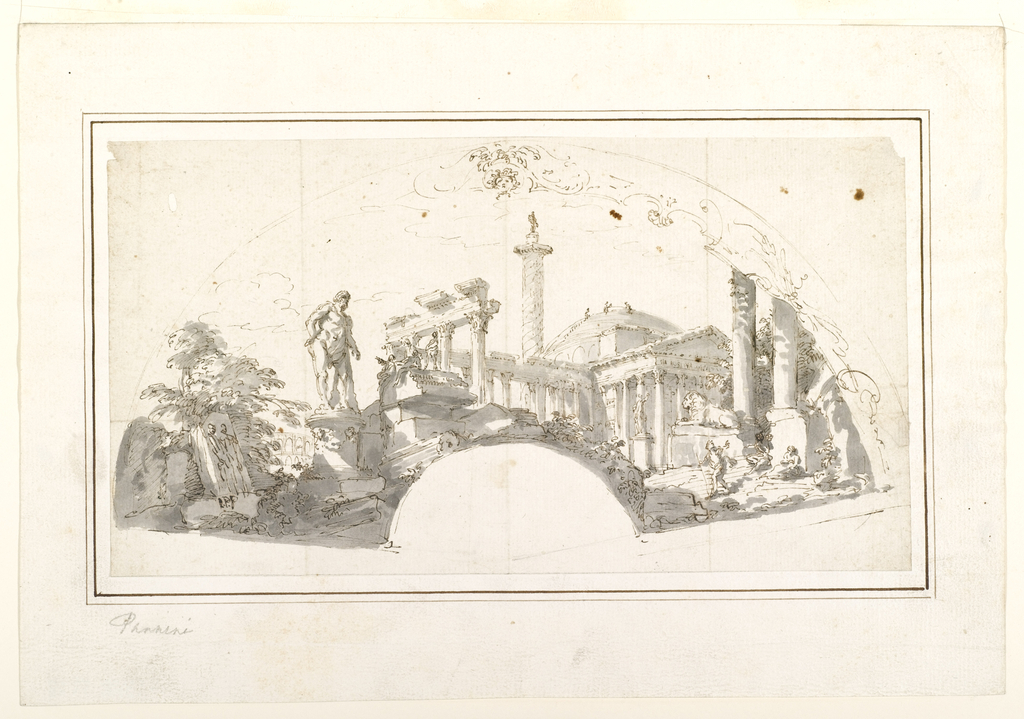Labyrinth is from a collection of murals ranging from traditional ruins and landscapes to more modern styles, or should I say mod? I love all the different wall surfaces, each decorated with a different pattern, and the circular cutouts that really open up the design. This page from the book is a miniature of the...
Wallpaper production was dominated by French manufactures in the 18th and 19th centuries, a time period which is often regarded as the “golden age” of wallpaper. The quality of design and material, as well as the quantity of paper created aptly distinguishes this period. Starting around the mid-18th century, French manufactures and designers were able...
Don’t get these twisted: the Via Portico d’Ottavia is an area of ancient ruins in Rome, located in the center of the neighborhood designated as the Jewish ghetto in the sixteenth century. The Roman emperor Augustus, known for ushering in the Pax Romana period of relative peace and stability for the empire, originally built this colonnaded...
In 1767 the French writer and critic, Denis Diderot expounded the ”poetics of ruins” writing, “a palace must be in ruins to evoke any interest.”[1] Diderot’s comments were directed toward paintings by the French artist Hubert Robert that often featured real and fantastical Italianate ruins. Such vogue for ruin paintings were inspired by sites frequented...
From the eighteenth century, painted fans were one of the most popular souvenirs for any grand tourist visiting Italy. In this period, fans were part of the complex network of courtly behavior and aristocratic social codes, and they were also indispensable elements for coquetry. Such fans were made with a variety of materials such as...
